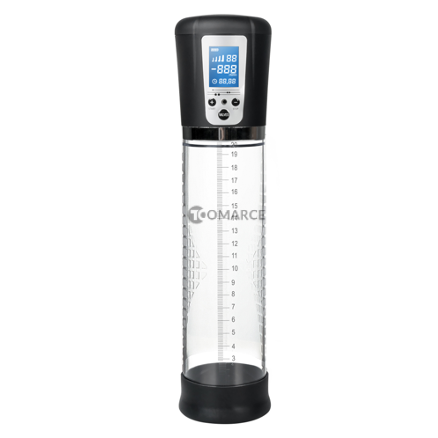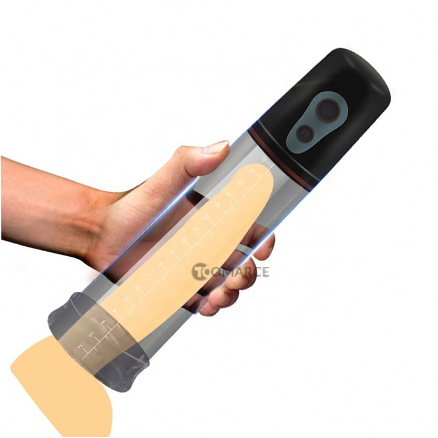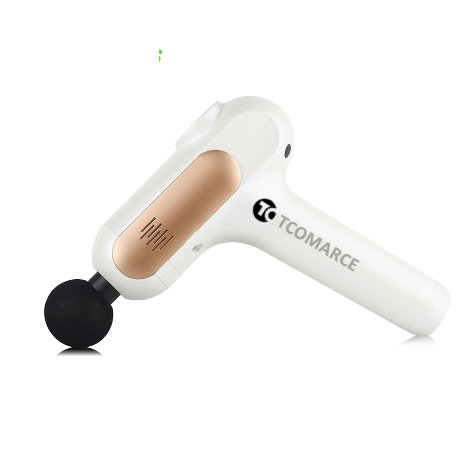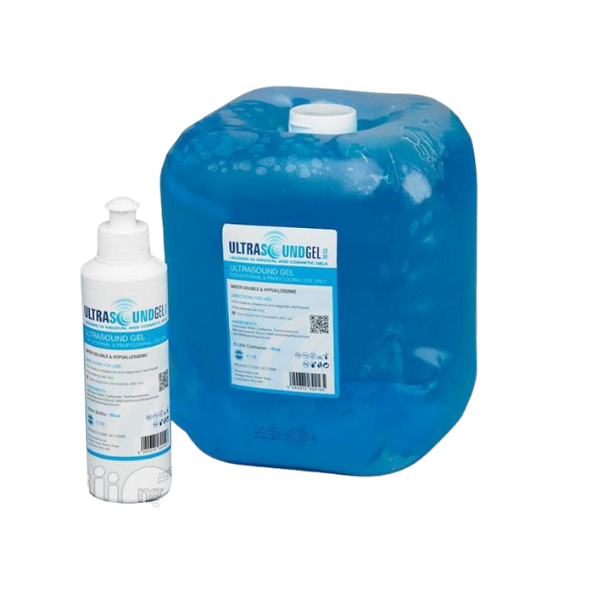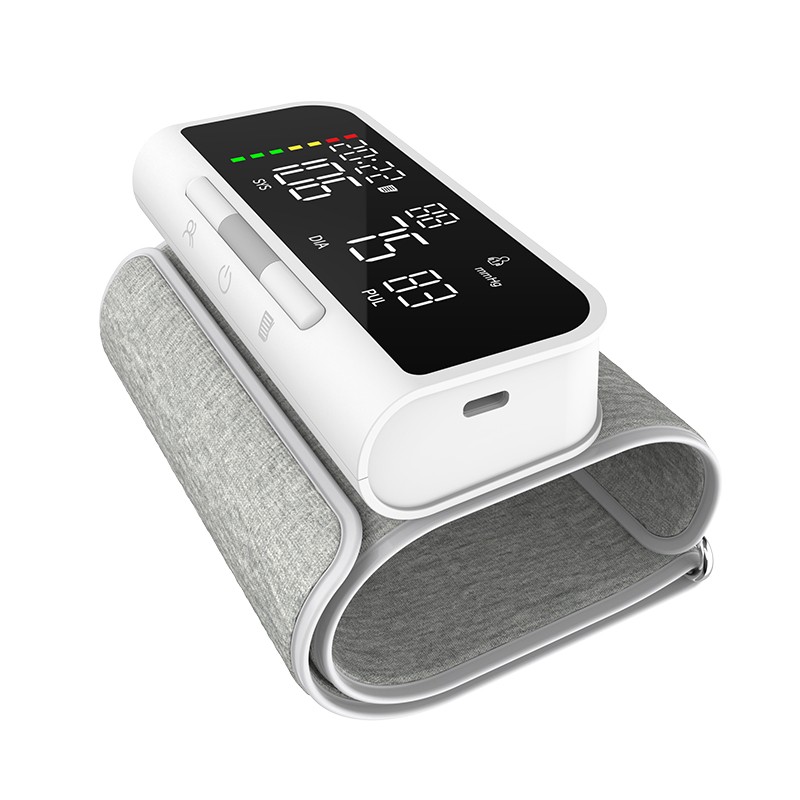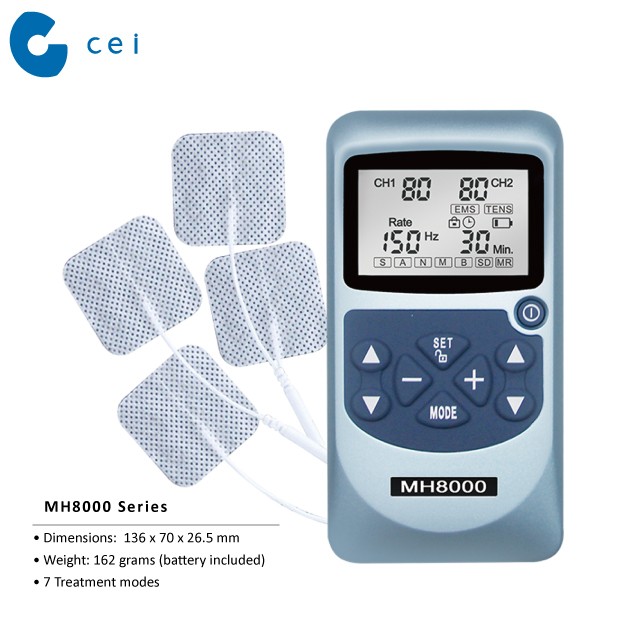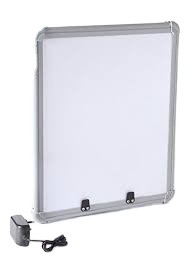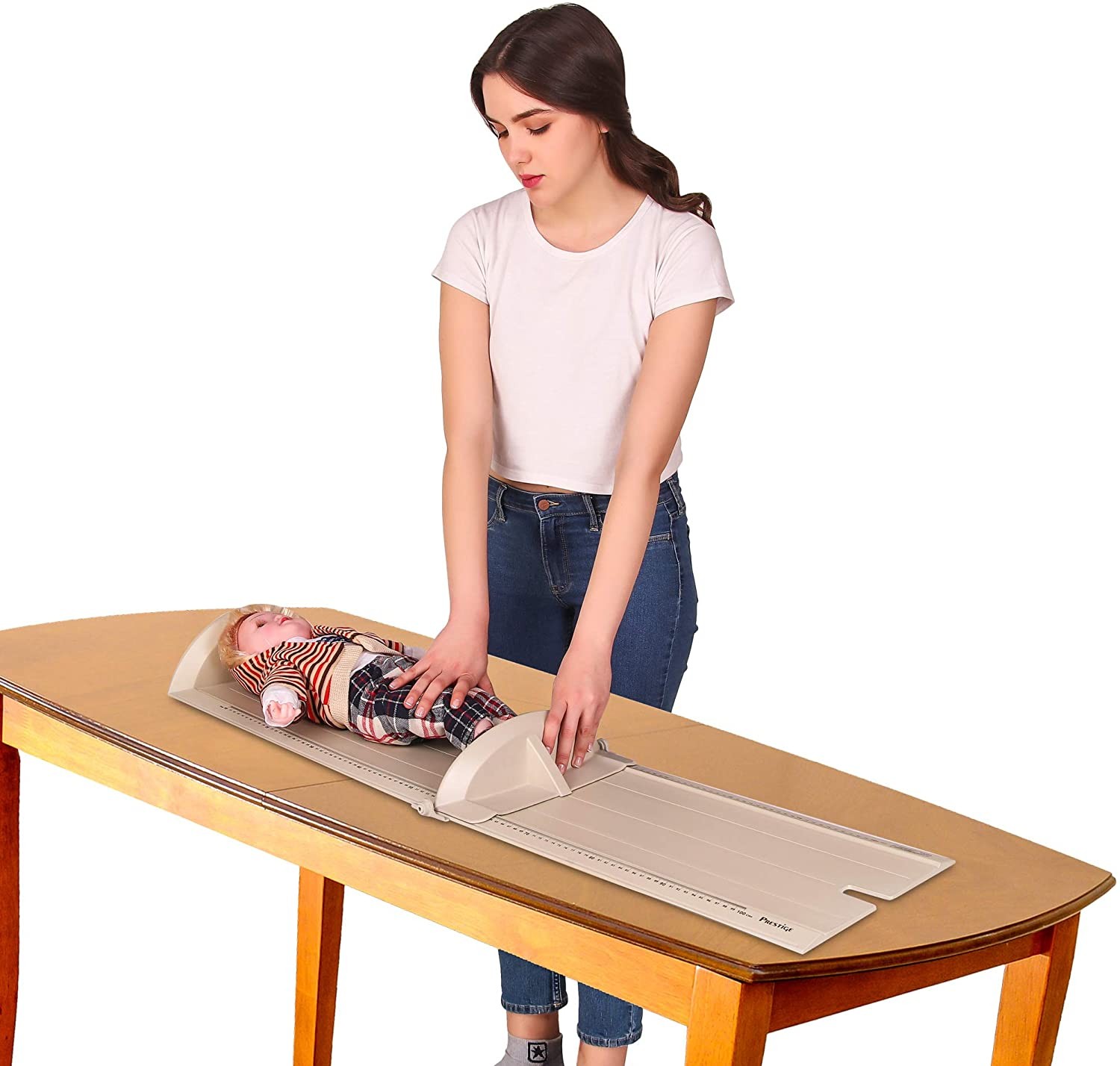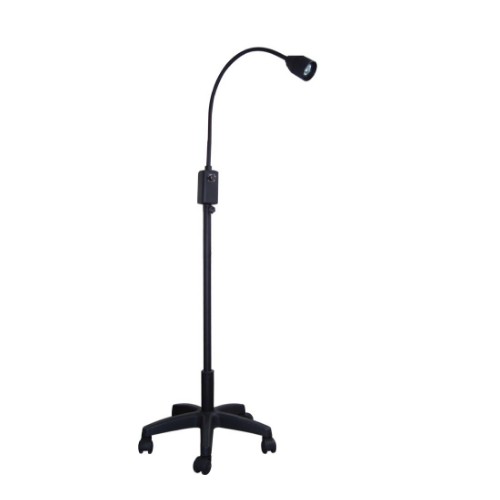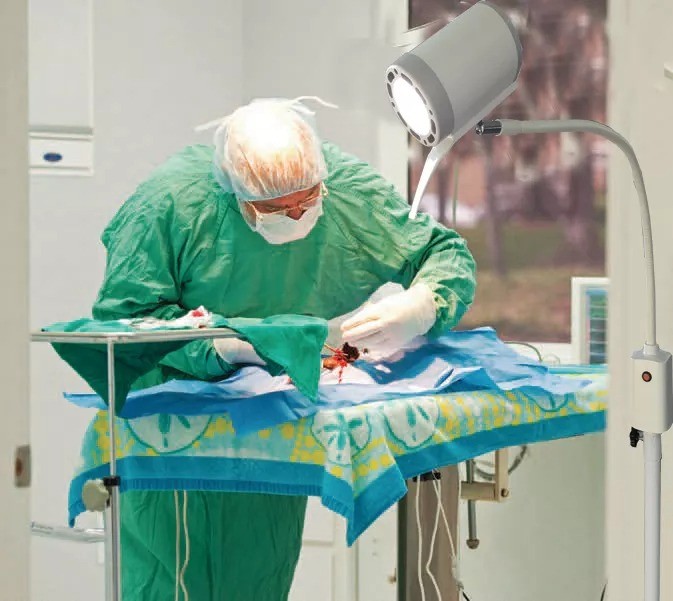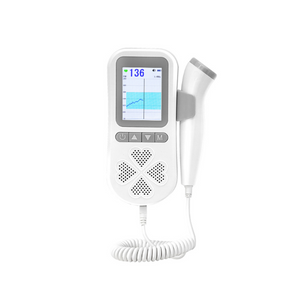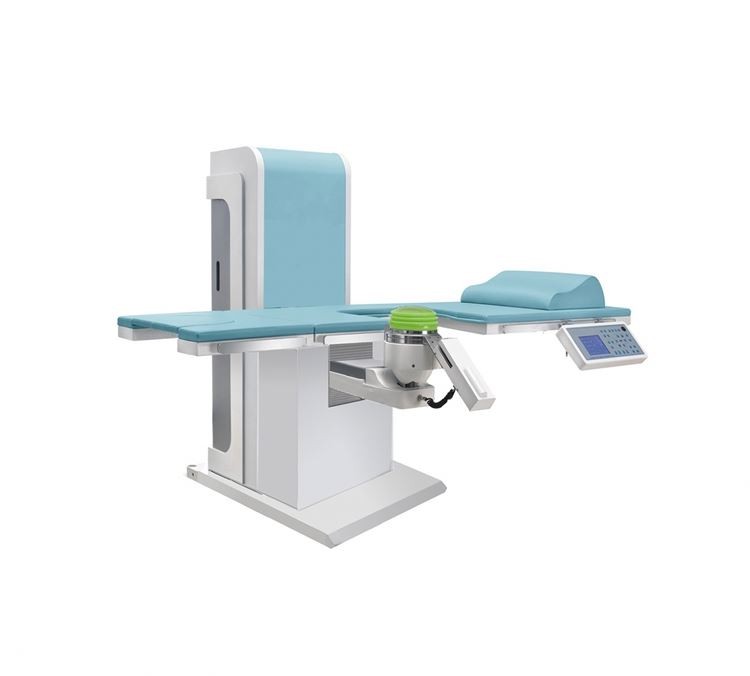
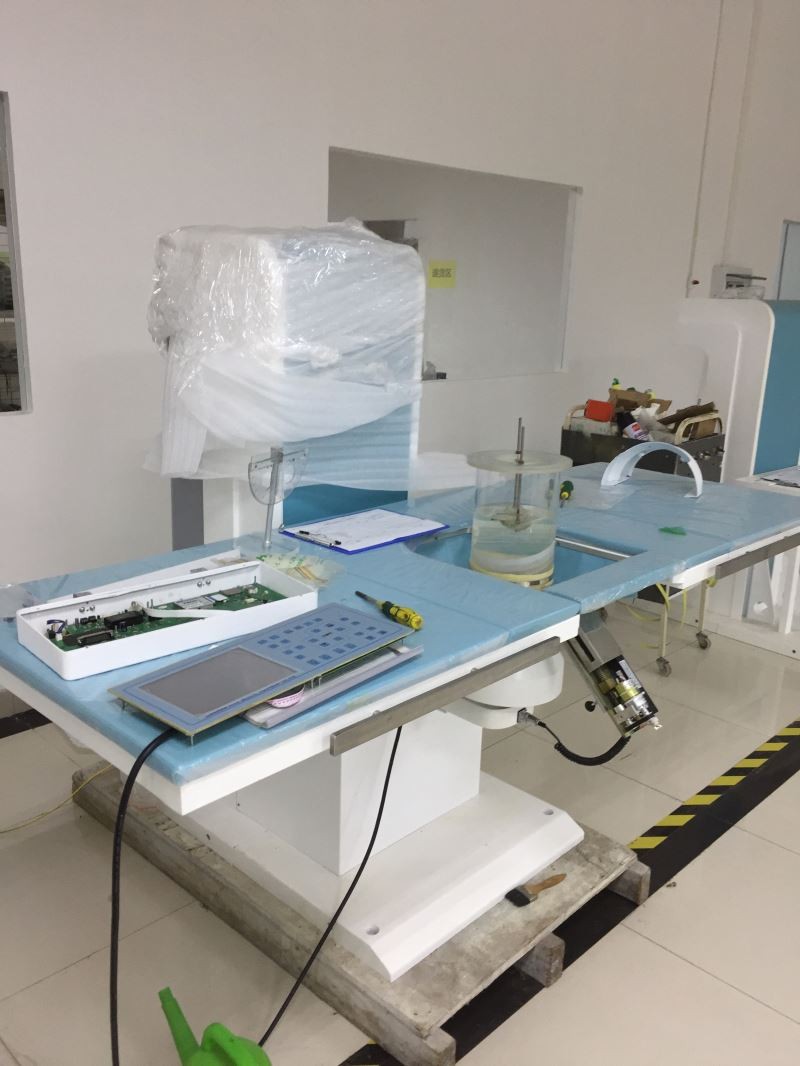
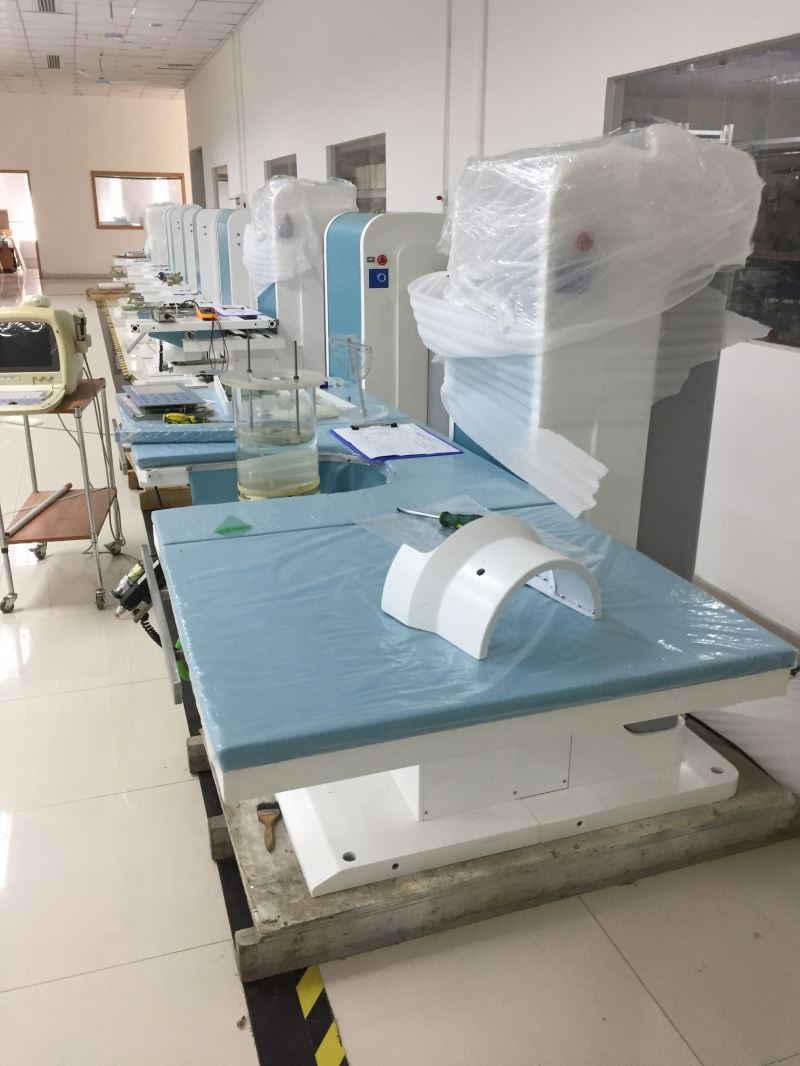
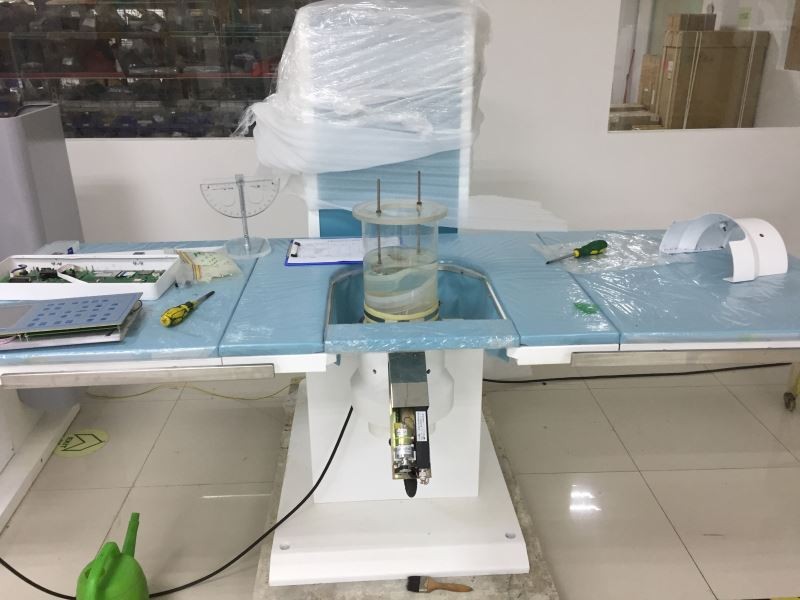
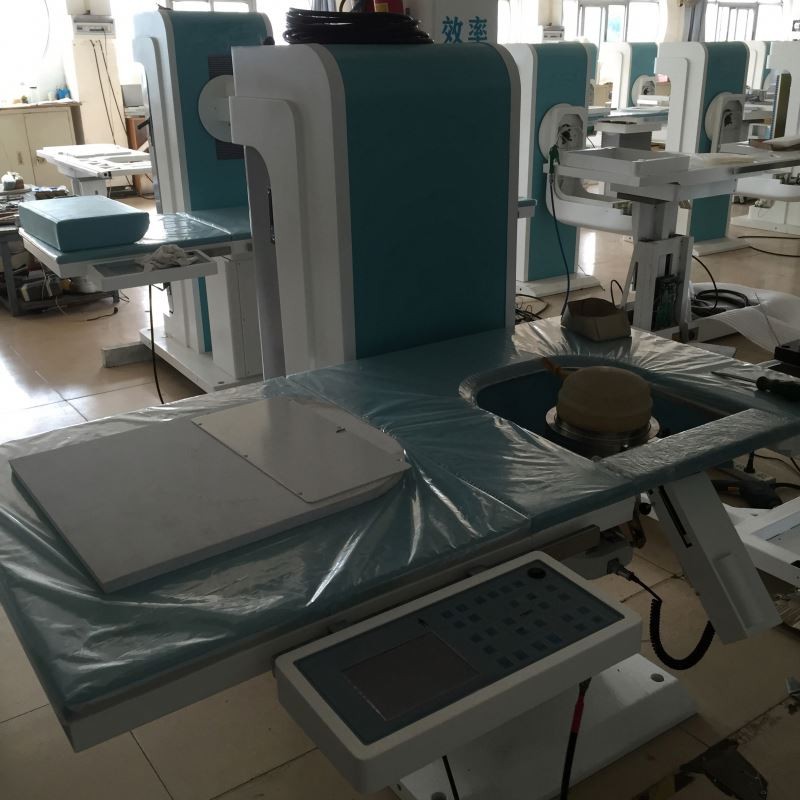





-
Electric Penis Enlargement Vacuum
৳2,900.00

Shock Wave Lithotripsy (SWL) is the most common treatment for kidney stones in the U.S. Shock waves from outside the body are targeted at a kidney stone causing the stone to fragment. The stones are broken into tiny pieces. lt is sometimes called ESWL: Extracorporeal Shock Wave Lithotripsy®.
These are what the words mean:
- extracorporeal: from outside the body
- shock waves: pressure waves
- lithotripsy (the Greek roots of this word are "litho" meaning stone, "tripsy" meaning crushed)
So, SWL describes a nonsurgical technique for treating stones in the kidney or ureter (the tube going from the kidney to the bladder) using high-energy shock waves. Stones are broken into "stone dust" or fragments that are small enough to pass in urine. lf large pieces remain, another treatment can be performed
What are the advantages and disadvantages of this treatment?
The main advantage of this treatment is that it treats kidney stones without an incision. As a result, hospital stays and recovery time are reduced.
But, while SWL can work, it doesn't always work. After SWL, about 5O% of people will be stone free within a month. In others, stone fragments of various sizes remain. Sometimes a repeat procedure (or a different procedure) is needed.
SWL has the potential to cause kidney injury. Whether or not SWL causes or leads to the development of high blood pressure and diabetes remains controversial. These possibilities are still being studied. You should ask your doctor about risks and benefits of SWL in your situation.



